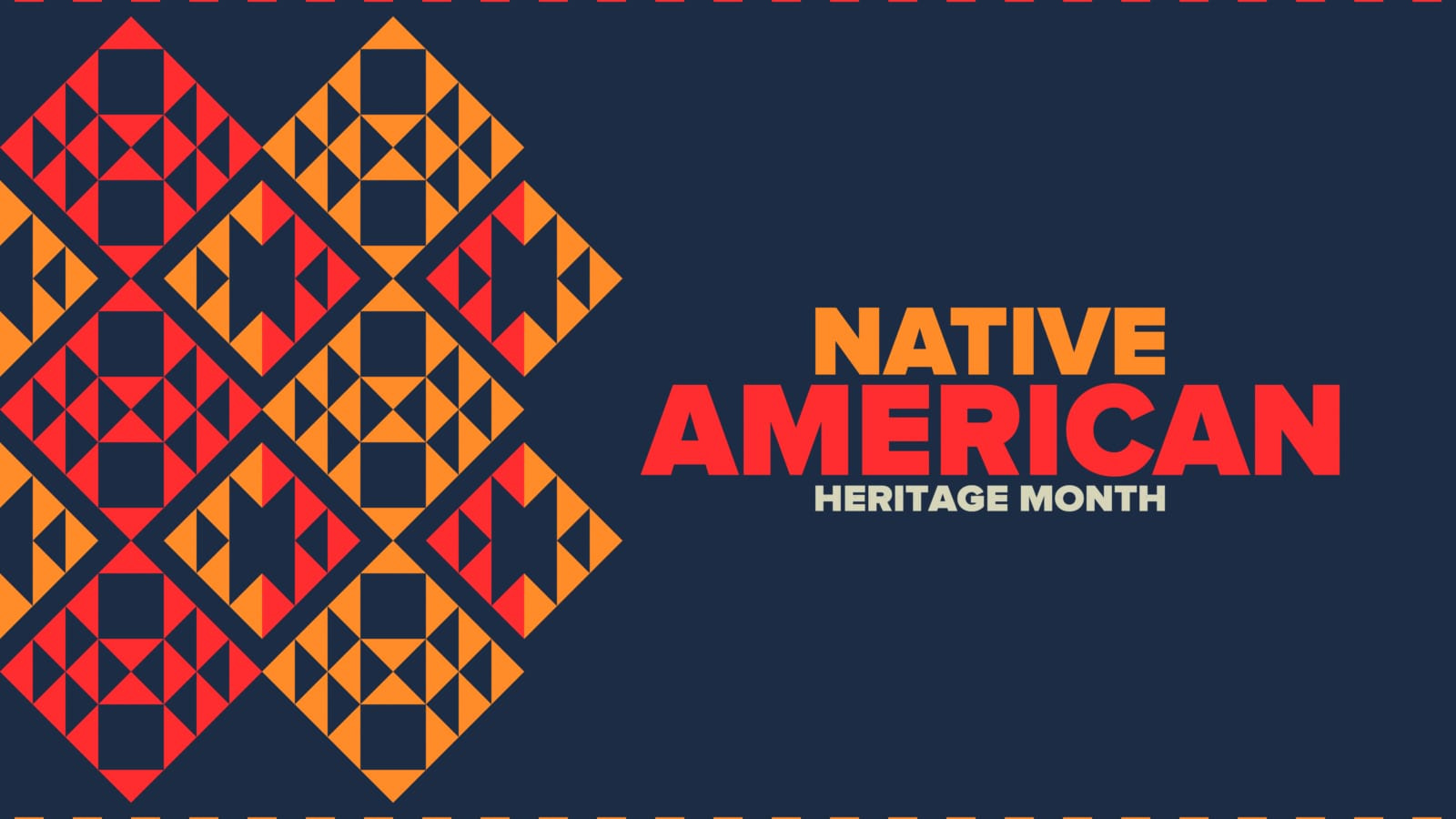Native American Heritage Month

National Native American Heritage Month is celebrated in November of every year. It is a time to explore the heritage and culture of Indigenous peoples, both historically and in the present. In the month of November, we celebrate Native American, Alaska Native, Native Hawaiian, and Island communities to ensure their histories and traditions continue to thrive with the coming generations.
Native American Heritage Month is a time to acknowledge the important contributions of Native people. It is also a time to educate the general public about tribes, and to raise awareness of the unique challenges Native people have faced in the past and still face today, and how they have worked to conquer those challenges, as stated by the National Congress of American Indians (NCAI).
Institutions that join together in paying tribute to Native Americans include:
- Library of Congress
- National Endowment for the Humanities
- National Park Service
- National Archives and Records Administration
- National Gallery of Art
- Smithsonian Institution
- United States Holocaust Memorial Museum
Native American Heritage Month Exhibits and Collections
The Native American Heritage Month website displays select exhibits and collections. These include more than 18,000 digitized photographs from the Bureau of Indian Affairs. Exhibits are provided by the Library of Congress, the National Archives, the National Gallery of Art, the National Endowment for the Humanities, the Smithsonian Institution, the World Digital Library, the National Park Service, and others.
How Was National Native American Heritage Month Established?
It began at the turn of the century as an effort to get a day of recognition for the substantial contributions the first Americans made to the growth and establishment of the United States. Dr. Arthur C. Parker, a Seneca Indian, was the Director of the Museum of Arts and Science in Rochester, New York, and a proponent of American Indian Day. He got the Boy Scouts of America to adopt a day for the “First Americans” for three consecutive years.
In 1915, a plan for American Indian Day was formally approved at the annual Congress of the American Indian Association meeting in Lawrence, Kansas. Its president, Rev. Sherman Coolidge, an Arapahoe, was directed to call upon the country to observe the day. Rev. Coolidge issued a proclamation declaring the second Saturday of every May as American Indian Day on September 28, 1915. His proclamation contained the first formal appeal for recognition of Native Americans as citizens.
The previous year, a Blackfoot Native American known as Red Fox James rode horseback from state to state seeking approval for a day to honor Native Americans. He presented endorsements from 24 state governments at the White House on December 14, 1915.
The first state American Indian Day was declared by Charles S. Whitman, Governor of New York, on the second Saturday of May 1916. Several states, including Illinois, celebrate American Indian Day on the fourth Friday in September.
In 1990, President George H. Bush approved a joint resolution designating November 1990 as “National American Indian Heritage Month. Since 1994, similar proclamations have been issued every year.




